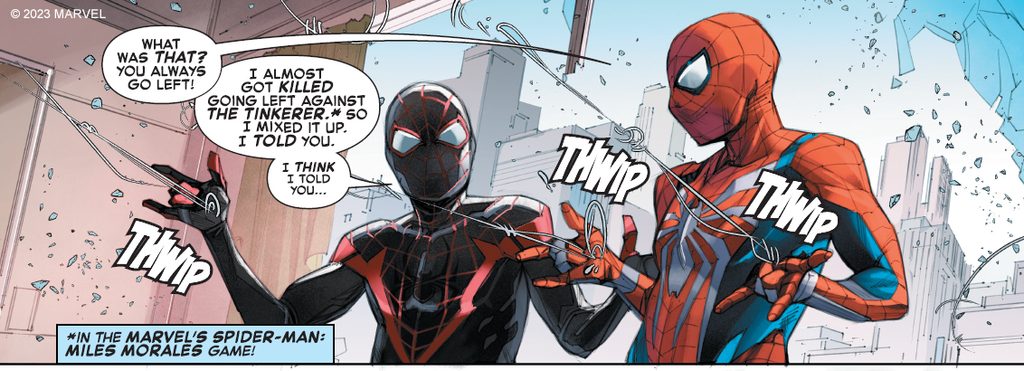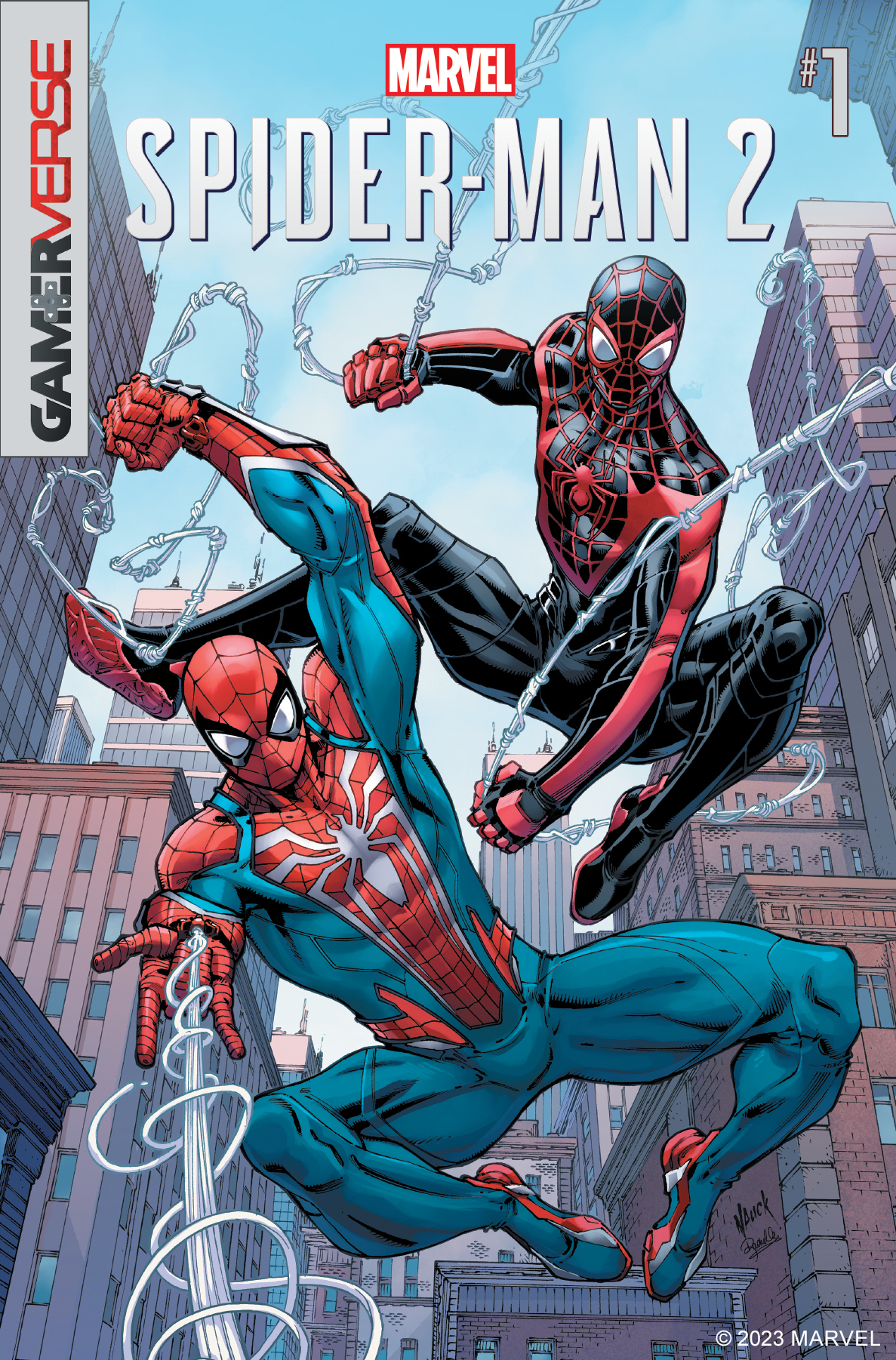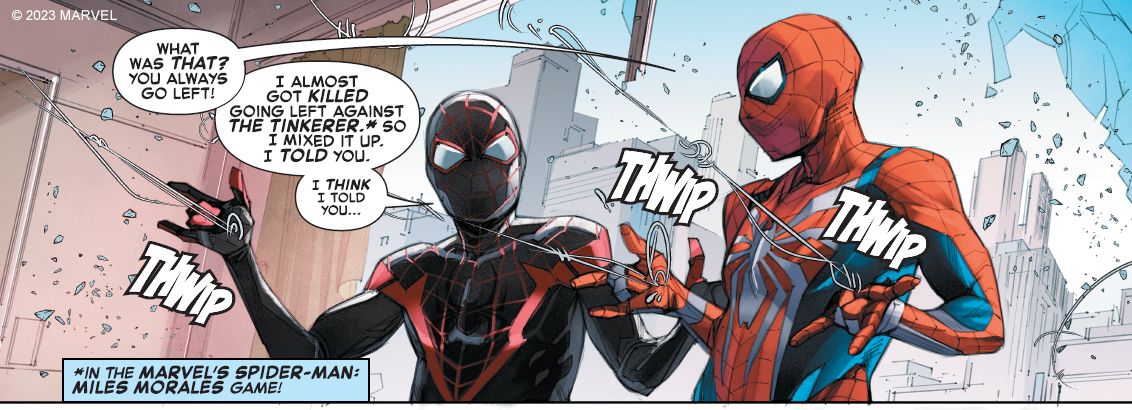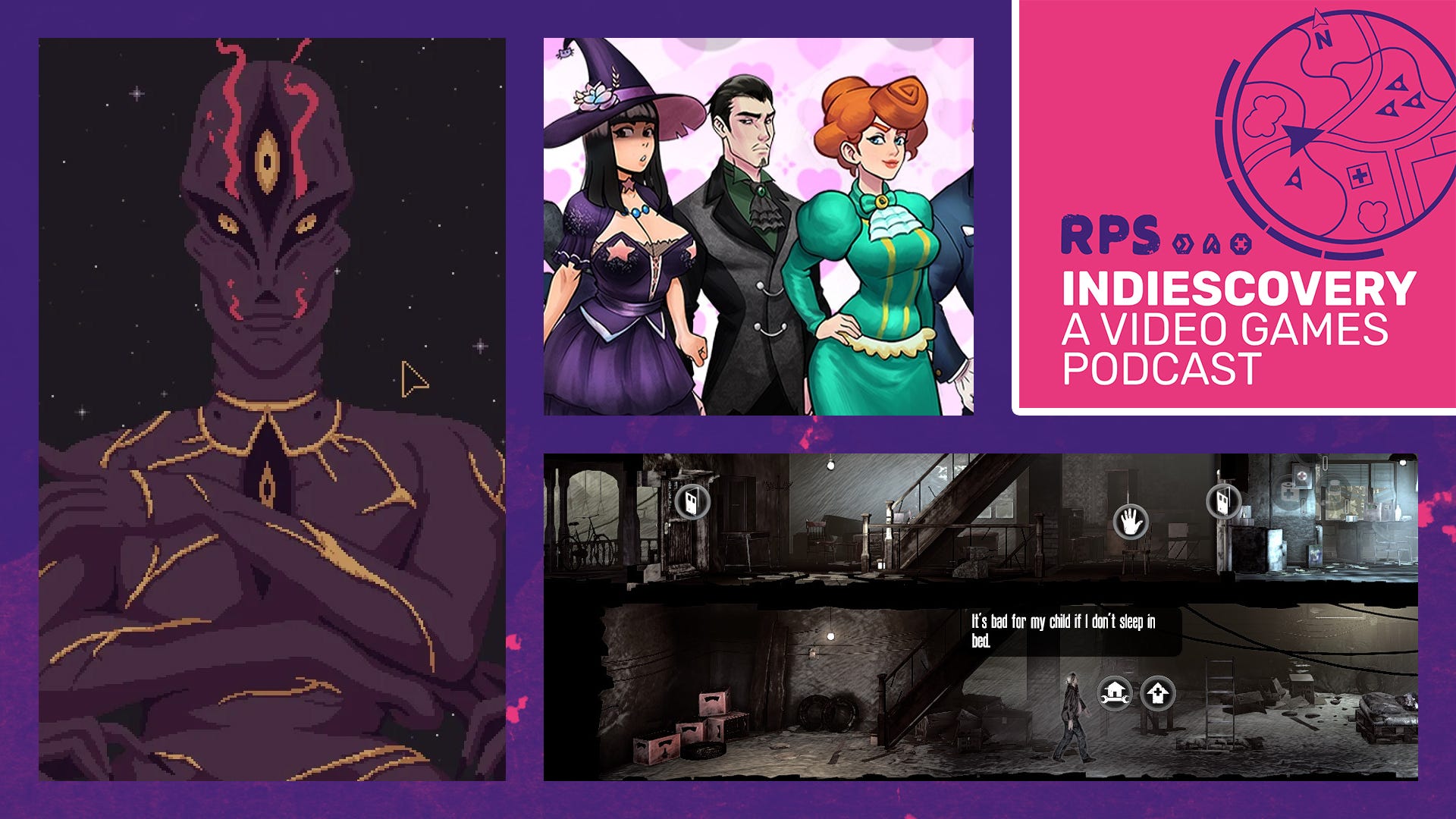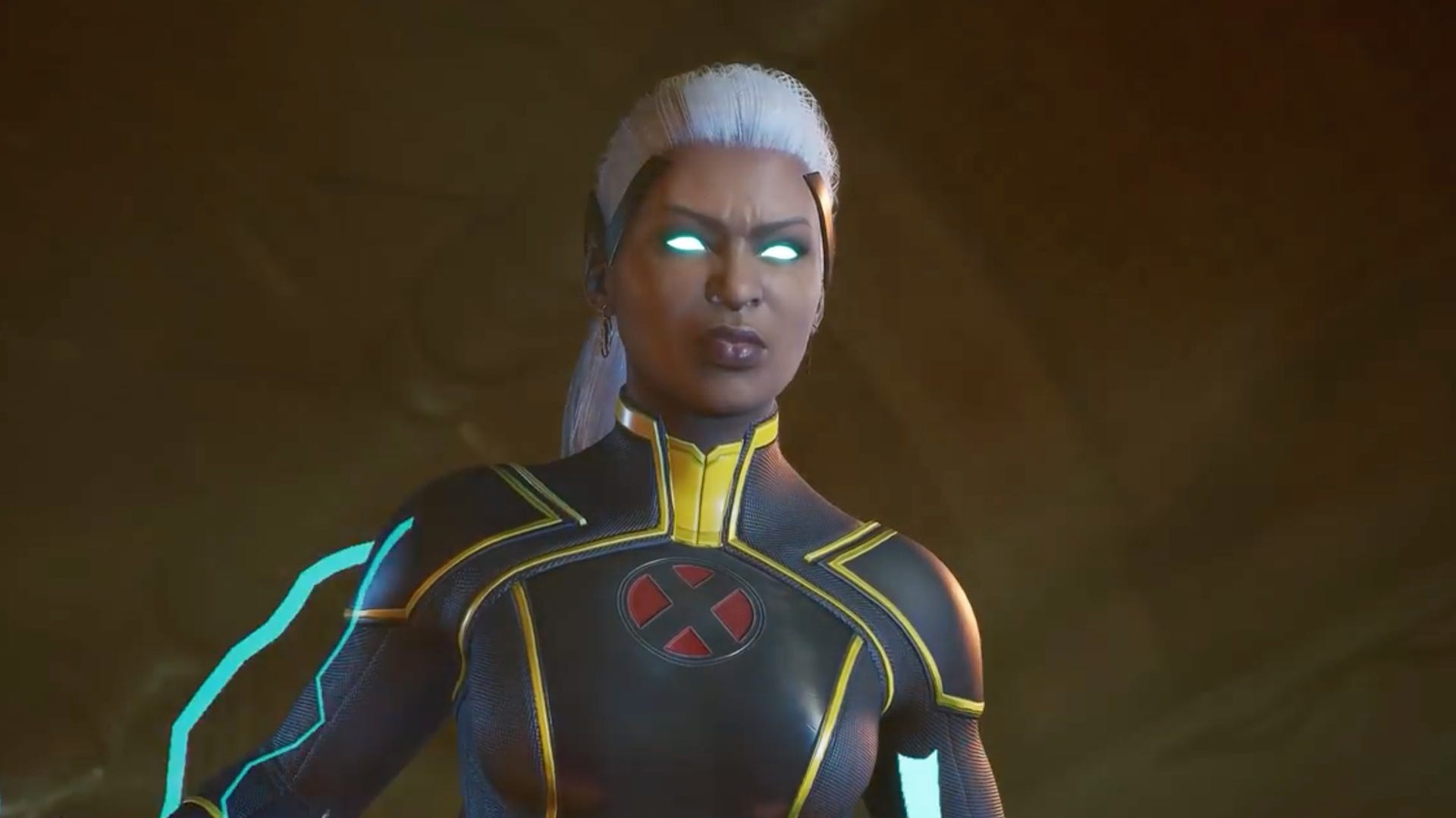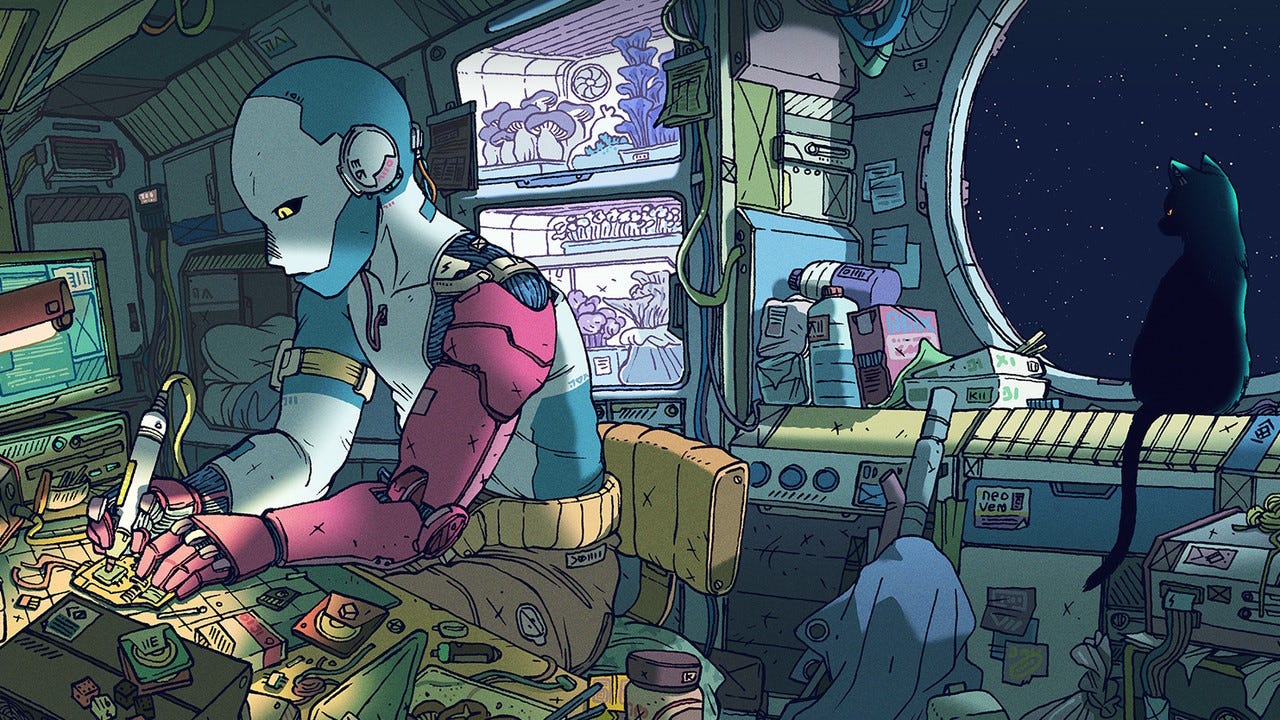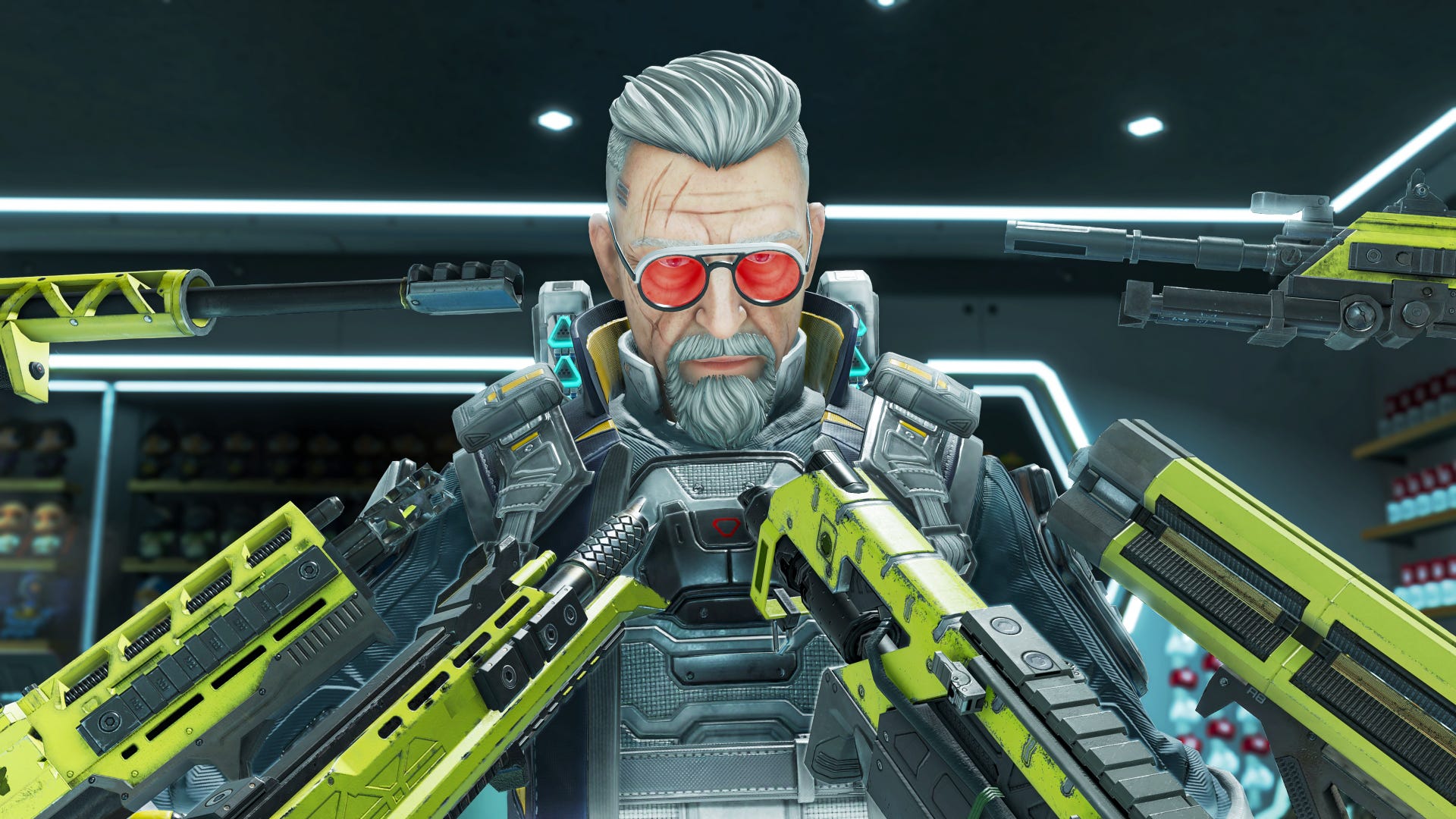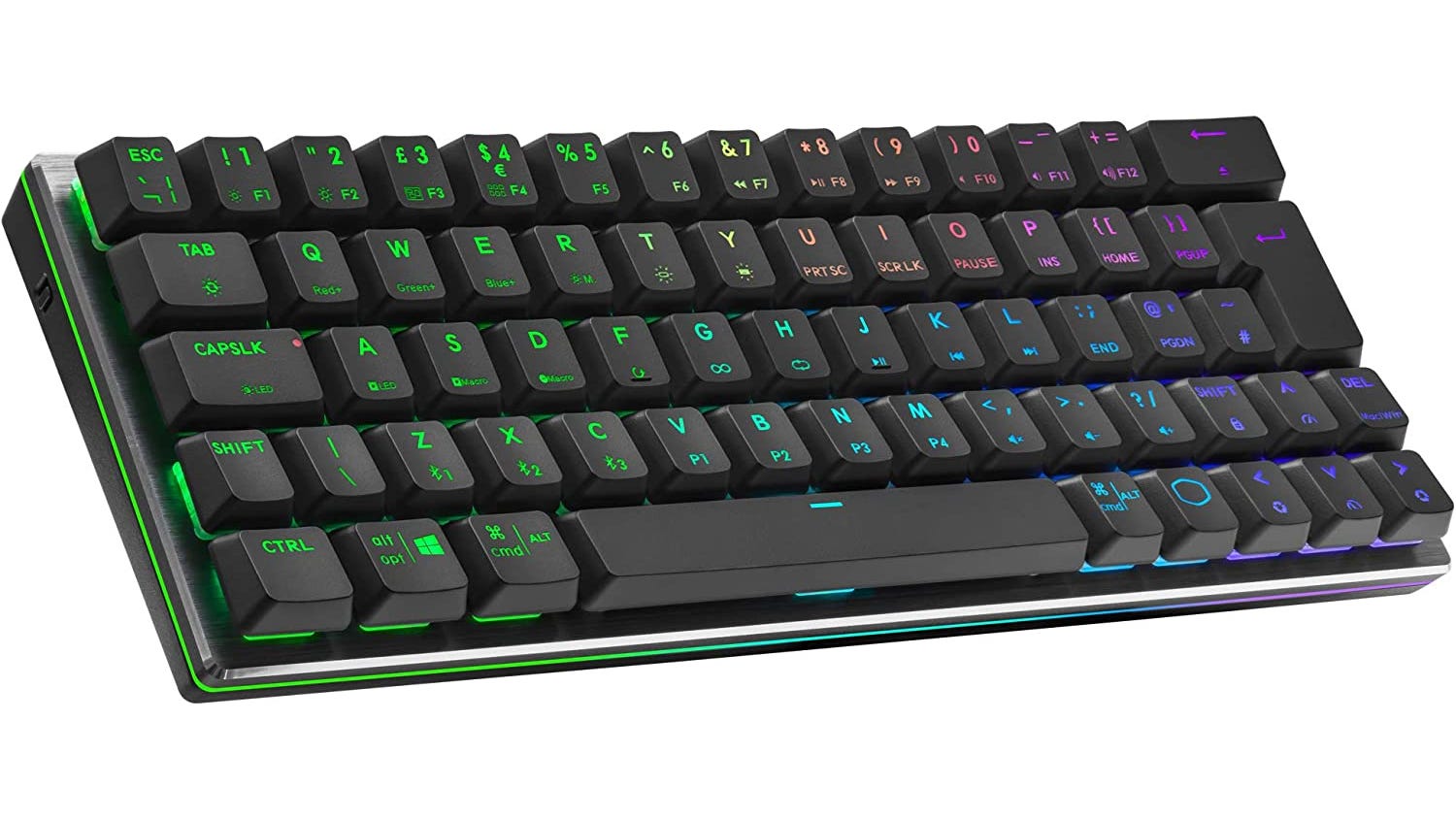2.5D Metroidvanias are hardly thin on the ground, but The Last Case of Benedict Fox has a striking sense of style and some truly stimulating puzzle solving to help it stand out from the side-scrolling platforming pack. Unfortunately it doesn’t quite have all the fundamentals covered, with sluggish controls that weigh heavily on combat and platforming, and a lack of story objective signposting that makes navigating its expanding rabbit warren of wonders far more mystifying than it should be. As a result, it’s a disappointingly uneven adventure that’s just as likely to engage as it is to enrage, and there were lengthy stretches in its back half where Benedict’s last case started to feel worryingly like a lost cause.
The case in question revolves around the recent death of Benedict’s father – so recent, in fact, that his fresh corpse is still warming the basement floor of the Fox family manor at the outset of the story. Since dusting for fingerprints and gathering witness testimonies wouldn’t make for the most compelling of platforming adventures, Benedict is partnered with a demonic companion – not unlike Mike Patton’s shotgun-riding presence in The Darkness – that can whisk him in and out of ‘limbo’. This is a representation of his father’s memories and inner demons, manifested into a physical realm to be scoured for clues that explain the senior Fox’s demise. The various different regions of this Lovecraftian realm parallel the different rooms of the family house, only the opulence of the real-world setting has been twisted and torn into wonderfully gnarly, nightmarish interpretations that reflect the inner torment the father felt during his final hours, and they’re genuinely captivating to behold.
Benedict is partnered with a demonic companion – not unlike Mike Patton’s shotgun-riding presence in The Darkness,Certainly one of Benedict Fox’s biggest strengths is its consistently outstanding art direction, contrasting disgusting, tendril-filled swamps with shards of stunning stained glass, and the way its engrossing otherworld eventually spills over into the psyche of a second victim brings an interesting new perspective on the old Fox’s fate that maintained my interest in the unfolding mystery. However, there are unfortunate occasions where the form overwhelms the function, and I regularly found myself ambushed by enemy attacks that I couldn’t see coming since my view of them was blocked by some beautiful yet impractical piece of scenery obnoxiously jutting out in the foreground.
A Flare for the Dramatic
Even when you do have a clear view of the action, Benedict Fox’s combat is noticeably hit and miss. Faced with a modest variety of demonic enemies, the basic routine consists of unleashing three-hit combos and charged attacks with Benedict’s blade to fill up his flare gun meter, before dodging your way to a safe distance in order to blast a finishing round into their phantasmic faces. The problem is that the rhythm of combat is hard to maintain due to the stilted attack animations and annoyingly unresponsive inputs; although most enemy attacks are clearly telegraphed, my attempts to counter them frequently failed because the block button seemingly didn’t register (playing on PC), which often led to a swift death in the early hours when Benedict is blessed with a very limited amount of health.
Although ink collected from fallen foes over the course of the journey can be traded to a mysterious tattoo artist back in the manor for enhanced supernatural powers (in a neat flourish, each upgrade is tattooed directly onto Benedict’s arms to show the growing number of tricks up his sleeve), I never felt completely at ease. By the story’s end I was able to use demonic tentacles to drag enemies towards me, and bodyslam flying bad guys out of the air, but my lingering mistrust of the controls and the lack of settings to tweak them with meant that I usually found Benedict Fox’s combat something to be endured rather than enjoyed.
Almost like a tacit admission that its combat system isn’t really up to snuff, Benedict Fox features a surprisingly slight number of boss fights. I tackled a towering tentacle monster within the opening half hour, which set an expectation that I was in for regular showdowns with plus-sized demons throughout the course of the adventure. Yet I wasn’t actually forced to confront another big bad again until the multi-phased fight against the main antagonist at the story’s climax, some 13 hours later. Both battles weren’t without their issues: the first boss gives very little visual feedback that you’re actually damaging it which makes for a face off that feels somewhat feeble until it’s suddenly finished; while the final boss has the aggravating tendency to attack you during the transition between phases, which is the short time that you’re unable to dodge or counter. That’s just straight-up unfair.
Even when you do have a clear view of the action, Benedict Fox’s combat is noticeably hit and miss.There are admittedly a handful of other major beasts to encounter along the way too, but instead of fighting them they must each be evaded in twitchy, trial-and-error-based platforming chases or irritating, sudden-death stealth sequences. Precisely none of them left me with any feelings of triumph upon completing them, which is in stark contrast to the kind of highs I’ve experienced overcoming oversized enemies in Metroid Dread or Hollow Knight; instead of punching the air I was left pulling my hair.
Brainiac Mansion
In contrast with its combat, Benedict Fox’s puzzles are generally of a very high standard. Oftentimes gaining access to locked areas in other Metroidvanias effectively amounts to working out which special ammunition type corresponds to which coloured door to blast open, but Benedict Fox’s brain teasers are closer to the kinds of riddles you typically find in point-and-click adventure games, making for a surprisingly cerebral challenge that’s refreshingly atypical for the genre.
There are chessboard puzzles, mathematical riddles, music and rhythm-based conundrums, and countless coded symbols to pore over and decipher using a combination of the notes in Benedict’s logbook and a mechanical decryption device. I particularly like how finding solutions to some of the puzzles in the real-world mansion requires exploration of the limbo realm; gaining access to the locked drawer in Benedict’s father’s study involves infiltrating and analyzing the old man’s memories, for example, as though you’re just a few Hans Zimmer braaams away from inhabiting a playable version of Christopher Nolan’s Inception.
[It’s] as though you’re just a few Hans Zimmer braaams away from inhabiting a playable version of Christopher Nolan’s Inception. That said, there are some optional puzzles that I found too confounding to complete, such as the handful of doors that require specific placement of collectible tarot cards in order to unlock. There is an option in the menu to lower the difficulty of puzzles that can be toggled at any point during the adventure if you get completely stuck, but that just means that they’re auto-solved for you. I wish there had been a hint system included instead, like there was in Return to Monkey Island, to gently steer me towards the solution when I needed to ask for help, rather than just snatching my homework out of my hands and doing it for me like an impatient parent.
Navigation Aggravation
The puzzle system isn’t the only aspect of Benedict Fox that’s reluctant to give hints. Both the main story and side objectives are painfully obtuse, rarely making it even the slightest bit clear as to where you should head next or what you should be looking for. Admittedly, a healthy amount of mystery and backtracking is to be expected in any Metroidvania, but generally you’d hope for at least a gentle indication of the direction you need to follow in order to advance the story. Instead, you just get vague directives like ‘Find a way to finish the ritual’ or ‘Learn more about your father’s past,’ with no real way of finding the answers other than to stumble upon them by accident. For the most part, I spent so much time needlessly retreading ground and hoping for the best, that certain stretches of the terrain became familiar to the point that they may as well have been inked onto the inside of my eyelids by the in-game tattooist.
It doesn’t help that merely getting around is a bit of a chore in and of itself. There are fast-travel points to unlock along the way, but the complete absence of a mini-map means that navigating the lengthy spaces in between is a relentlessly stop-start affair, as you hop in and out of the pause menu to study the full map at each of the many branching paths in the terrain. I’d have appreciated the ability to at least pin a waypoint marker so that I didn’t have to constantly stop every few steps to ponder the map like some sort of tentacle-powered tourist (and worse still, you remain vulnerable to enemy attacks while you’re in this not-really-paused state).
Speaking of tentacle powers, the fact that Benedict is reliant on the reach of his inky appendages in order to perform a double jump means that otherwise-simple platforming sections often become an exercise in frustration. Having to time your second press of the jump button with the appearance of a purple reticle on the ceiling above you or on the edge of the platform you’re trying to reach feels clumsy at best, but at its worst the reticle either fails to show or your input doesn’t register, at which point Benedict trades his tentacles for a pair of clipped wings and drops like a stone. Double jumps have been a pretty reliable feature in the platforming genre since video game console power was still measured in bits, so it’s somewhat shocking to play a Metroidvania in 2023 that somehow makes a hash of such a stock-standard ability.

